ICYMI: Working together, apart
A round-up of what’s up: the latest news from Perimeter, a look at the recent work of researchers and alumni, gems from the archive, and fun physics for everyone.
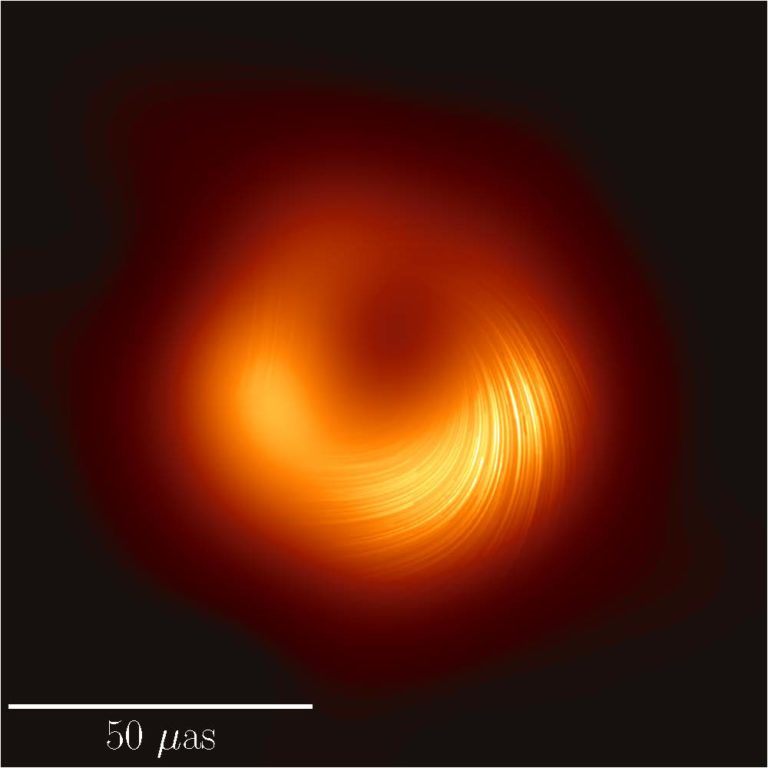
Over the spring, public health guidelines have limited or prevented in-person gathering at Perimeter. However, conferences, collaborations, and significant research continues apace, thanks to online tools. Check out the latest work, including a magnetic black hole, a catalogue of fast radio bursts, and quantum mischief.
1. The torch is passed
Over two decades, Mike Lazaridis has devoted thousands of hours of his energy and wisdom as Perimeter’s founder and Board Chair. Now, he has passed the torch to new Board Chair Mike Serbinis, a global technology leader and entrepreneur. Read more about their paths to Perimeter, the connection between them, and Serbinis’s vision for the future.
2. Magnetic and captivating
Researchers of the Event Horizon Telescope (EHT) collaboration are master portrait photographers: who can forget the world’s first stunning image of a black hole, released in 2019? This spring, the EHT collaboration unveiled a fresh portrait, shown in an entirely different light. It’s a spectacular image that shows a crisp swirl of light around the event horizon, strongly affected by the presence of magnetic fields. Find out how the image was captured, what it means, and what’s next for the EHT researchers, in this piece by Stephanie Keating – and read more via The New York Times, The Globe and Mail, CTV, Global News, and SyFy Wire.
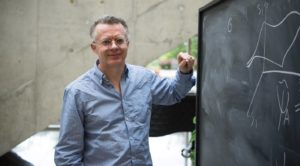
3. Lucien Hardy and the wildness of indefinite causal structure
“In my case, everything started with Lucien Hardy’s paper,” said Časlav Brukner, a physicist at the University of Vienna. Based on groundbreaking work by Perimeter Faculty member Lucien Hardy, a growing community of physicists is figuring out how to abandon causality altogether. Learn more in “Quantum Mischief Rewrites the Laws of Cause and Effect” by Cody Muir for Quanta Magazine, and in “Quantum Gravity: The Weirdest of Both Worlds” by Erin Bow. Perimeter postdoctoral researcher Flaminia Giacomini and her colleagues are examining related questions; read more about their work here.

4. A new catalogue of FRBs
During its first year of operation, the CHIME telescope in BC detected 535 new fast radio bursts – bright flashes of light that blaze and then vanish without a trace. Now, CHIME researchers, including a team from Perimeter, have released a catalogue of the new signals. The results were presented at the American Astronomical Society Meeting in early June. Read more in this story by Jennifer Chu for MIT News, and follow the trajectory of the fascinating hunt for FRBs: the pace of discovery, the origins of FRBs, the detection of eight “repeaters,” and profiles of Kendrick Smith and Dustin Lang, two of the people who help make this research possible.
5. Deep dive Inside the Perimeter
Learn more about nature’s most profound mysteries – and the answers we’re finding – in these recent features.
Calculating scattering amplitudes for gravitons is both crucial and difficult. In “Milestone on the road to quantum gravity,” Benjamin Knorr investigates how matter scatters.
By taking a lot of measurements, fast, researchers can “mass produce galactic data,” creating a powerful new tool for understanding the expansion of spacetime. Find out how the Dark Energy Spectroscopic Instrument aims to unravel the mystery of dark energy in “DESI launches five-year quest to understand the universe.”
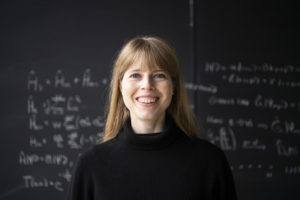
Perimeter Associate Faculty member Christine Muschik outlines a new approach to measurably advance quantum-classical computer hybrids by drawing on elements of two famously incompatible frameworks. Learn more about Muschik and her research in this People of PI profile.
6. Career trajectories in physics
The interests of fundamental researchers and tech companies, perhaps surprisingly, are not so far apart. “When physicists consult” explores these intersections of theory and application.
Historically excluded from physics, women today still face barriers to successful careers in the field. Susama Agarwala used applied mathematics to reframe the conversation about why women leave physics.
Learn more about Perimeter’s inclusion, diversity, equity, and accessibility initiatives, check out current job postings, and find resources and success stories for careers in academia and industry.
7. Philosophy and physics for curious minds
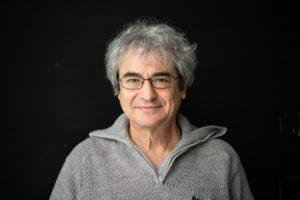
Bestselling author Carlo Rovelli, a Distinguished Visiting Research Chair at Perimeter, has published a new book called Helgoland that attempts to demystify quantum mechanics for a general audience. In a review for The Guardian, Ian Thomson says, “Rovelli’s gift is to bring difficult ideas down a level.” Rovelli discusses the book and its ideas with Katie Mack, a Perimeter Visiting Fellow, in this video hosted by Harvard Science Book Talks and Research Lectures.
8. Honours, awards, and grants
Several Perimeter researchers – and one writer – have been recently recognized for their excellence through grants, awards, and fellowships.
- PhD student Xiu-Zhe (Roger) Luo won the inaugural Wittek Quantum Prize for Open Source Software, administered by the Quantum Open Source Foundation. Luo works with Perimeter Associate Faculty member Roger Melko at the Perimeter Institute Quantum Intelligence Lab (PIQuIL).
- Postdoctoral researcher Lena Funcke received the Leona Woods Lectureship Award. She hosted both a general interest colloquium and a technical talk about her work at the intersection of fundamental particles, the cosmos, and quantum computing.
- Savas Dimopoulos, a physics professor at Stanford University who holds the Coril Holdings Archimedes Chair at Perimeter, has been elected to the National Academy of Sciences.
- Faculty member Will East and PhD student Nils Siemonsen have been awarded a grant from the Arthur B. McDonald Canadian Astroparticle Physics Research Institute. The grant will help them explore how researchers might detect potential dark matter particles using the new window provided by gravitational wave astronomy.
- Perimeter would like to thank the Simons Foundation for special bridge fellowships to support postdoctoral researchers during the pandemic. Researchers Daniel Egana Ugrinovic, Olga Papadoulaki, and Suvodip Mukherjee have received the fellowships.
- And congratulations to Perimeter science writer Patchen Barss, who has been named the 2021-22 Leon Levy/Alfred P. Sloan Fellow at the Leon Levy Centre for Biography, The Graduate Centre, CUNY. In addition to his contributions for Inside the Perimeter, Barss has written two books, and his work has appeared in Scientific American, Nautilus, and The Walrus. During his fellowship, he will be working on a biography of 2020 Nobel Prize-winning physicist Roger Penrose.
9. That’s a wrap!
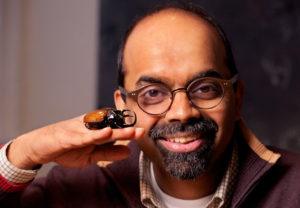
Perimeter’s spring season of public lectures has drawn to a close. The fascinating lectures are available online in their entirety, with a lineup that includes:
- What we currently know about the nature of dark matter and black holes in “The Invisible Universe” with Priyamvada Natarajan
- Grasping the enormity of space in “Mapping the Universe with eBOSS” with Perimeter Associate Faculty member Will Percival
- A journey into the mathematical, physical, and biological workings of “Morphogenesis” with L. Mahadevan
- Examining the fascinating mathematics that provide “A Solution to the Stable Marriage Problem” with Emily Riehl
Want to stay in the know about the lectures and other upcoming Perimeter events? Subscribe here.
10. Perimeter’s ripple effect
Though she’d been active in education and professional development for 25 years, Karen Jo Matsler first encountered quantum physics at Perimeter’s EinsteinPlus teacher workshop. That lead to further learning for her, and a realization that other science teachers also weren’t familiar with quantum principles. Now, Matsler is launching a national U.S. training program for high school teachers.
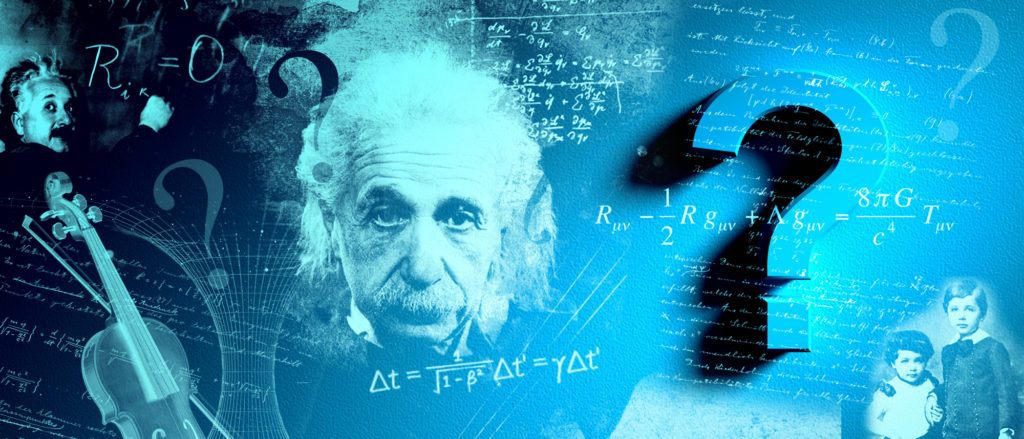
11. What did Einstein do for fun?
Test your knowledge of one of the most celebrated physicists of all time with this quiz, created to commemorate the 100th anniversary of Albert Einstein winning the Nobel Prize. Share your score on social media and battle your friends for bragging rights. Then, check out this gem from the archive: Einstein is often portrayed as the lone genius, but his collaborators were key to his success.





















































































